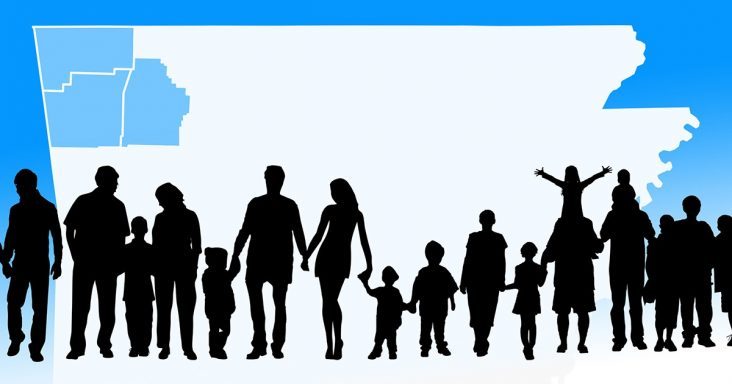Northwest Arkansas moves closer to Top 100 metro
by April 12, 2022 10:52 am 6,861 views

The Northwest Arkansas metropolitan statistical area has become the 31st fastest growing and the 102nd most populous U.S. metro, according to economist Mervin Jebaraj.
Jebaraj, who’s director of the Center for Business and Economic Research in the Sam M. Walton College of Business at the University of Arkansas, recently completed an analysis of Census Bureau data showing the area’s 2% growth rate from 2020 to 2021 was ranked 31st.
According to the Census Bureau, Northwest Arkansas added 11,143 people from 2020 to 2021 and grew to a population of 560,709.
Jebaraj said the area was the 105th largest in 2020. He attributed most of the growth to in-migration.
“Net in-migration is the difference between all the people that moved into NWA minus the people that left NWA,” Jebaraj said. “It does include domestic and international, and domestic includes everyone from outside of the three counties that make up NWA.”
Benton, Madison and Washington counties comprise the Northwest Arkansas metro.
From 2020 to 2021, the Little Rock metro added 2,502 people, growing 0.3% to a population of 750,936. Jebaraj said the area dropped to the 81st largest, from the 80th largest in 2020. He attributed its growth to domestic in-migration.
The Fort Smith metro grew by 0.5% or 1,236 people to a population of 245,459. Domestic in-migration contributed to the majority of the growth, but the difference between births and deaths negatively affected growth.
According to the Census Bureau, the COVID-19 impact on births and deaths led to a rise in natural decrease. More than 73% of U.S. counties experienced natural decrease in 2021, up from 45.5% in 2019 and 55.5% in 2020.
The difference between births and deaths nearly offset the growth from in-migration in the Hot Springs metro. It grew by 0.2% or 168 people. The Pine Bluff metro lost 822 people, a 0.9% population decline.
“There is no doubt that the pandemic played a role in accelerating the death rate in some metros like Fort Smith, Hot Springs and Pine Bluff,” Jebaraj noted.
In the Jonesboro metro, in-migration contributed to 0.3% growth, or the addition of 409 people, according to Jebaraj. Its population rose to 134,878.
